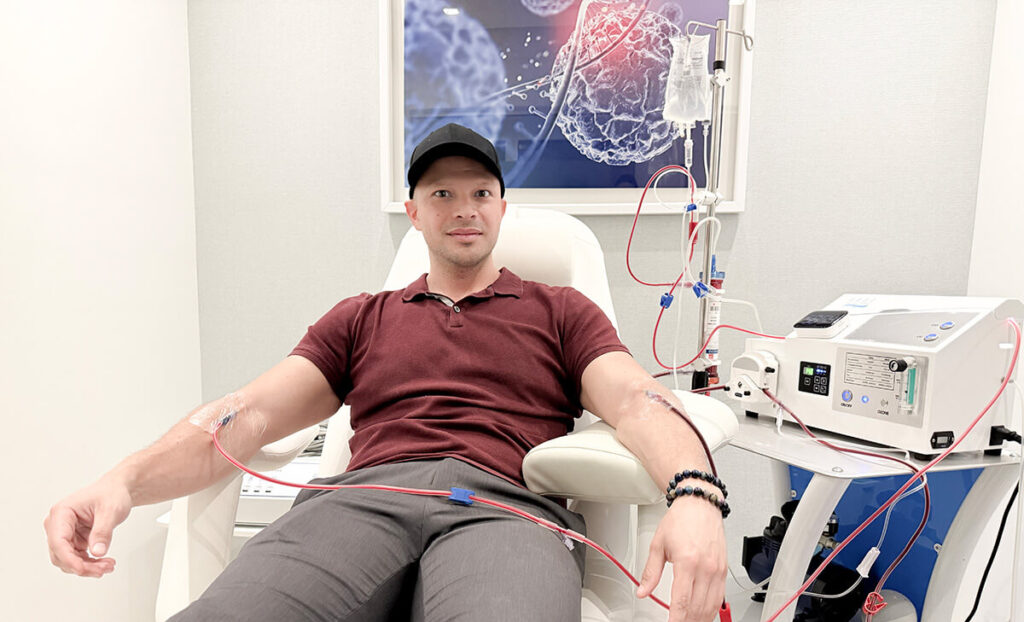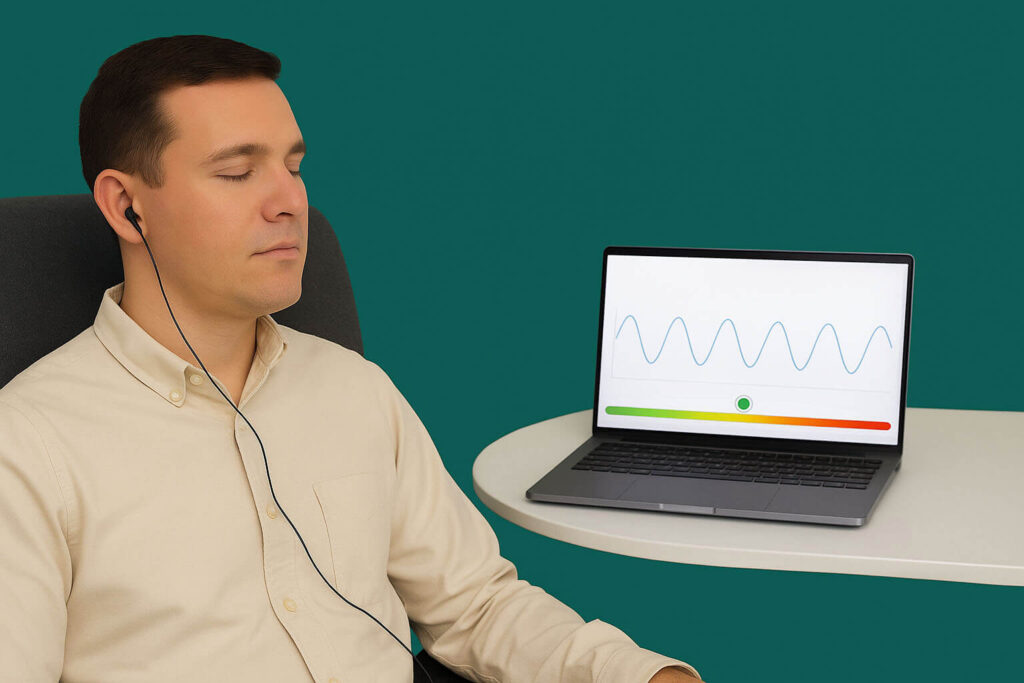In a short time, Ozempic went from being a medication for type 2 diabetes to the most talked-about “miracle injection” on social media. Millions want to achieve rapid weight loss with Ozempic, but the hidden health costs are rarely discussed. In this article, you’ll discover documented risks, why so many people fall for the “shortcut,” and—most importantly—what alternatives exist to achieve a healthy metabolism without exposing yourself to unwanted side effects.
The meteoric rise of Ozempic
- From antidiabetic medication to global weight loss phenomenon.
- Over 20 million users and $40.6 billion in sales in 2024.
- Marketed as “effortless weight loss with Ozempic”; the reality is far more complex.
- Its popularity skyrocketed among celebrities and influencers who promoted it as the “secret” behind their physical transformation.
- Platforms like TikTok and YouTube are filled with millions of views from people documenting their journey using Ozempic for weight loss, creating a worldwide ripple effect.
The success of Ozempic is also fueled by a global trend: the pharmaceutical approach to wellness. More and more people are turning to chemical solutions for problems caused by modern lifestyles—stress, poor nutrition, sedentary behavior, and overstimulation. Ozempic promises appetite control and fat reduction quickly, but at what cost?
The hidden cost to your health
Documented | Risk | DetailCause for Concern
Gastrointestinal effects | 80–90% of users report persistent nausea, vomiting, or diarrhea. | Impacts hydration, appetite, and daily life.
19 adverse conditions | Syncope, kidney stones, drug-induced pancreatitis, etc. | Systemic risks affecting vital organs.
Recorded deaths | 162 deaths linked to semaglutide/tirzepatide in the U.S. | Investigations ongoing into direct causality.
Sarcopenia | Rapid loss of muscle mass due to appetite suppression. | Increases risk of injury, weakness, rebound.
Suicidal ideation | Risk ↑ 45% (up to 300% with antidepressants). | Severe mental health implications.
Moreover, weight loss with Ozempic doesn’t distinguish between fat and muscle. This can lead to a lighter body that is metabolically weaker and slower.
There have also been reports of severe constipation, loss of libido, low blood pressure, and extreme fatigue. These side effects are rarely highlighted in ads but greatly impact quality of life, especially when taken without comprehensive medical supervision.
Why do we look for shortcuts?
- A culture of instant results: crash diets, “fat-burning” pills, surgery without aftercare.
- Lack of metabolic education: most people don’t understand how cellular energy or GLP-1 actually work.
- Marketing that exploits the pain of “trying everything and failing.”
- Emotional exhaustion: after years of failed attempts, many see Ozempic for weight loss as a final hope.
Added to this is the aesthetic pressure that promotes an ideal figure while ignoring true health. We live in a society that rewards immediacy—even if it comes with dangerous side effects. The “whatever it takes to lose weight” mentality often blinds us to obvious warning signs.
Safe and effective alternatives
Amid the rise in demand for Ozempic for weight loss, there are science-backed options that don’t jeopardize your health:
- HCG – Resensitizes the hypothalamus and preserves lean mass during caloric deficit. Supports hormonal balance.
- ProLon – A 5-day fasting-mimicking diet backed by the Longevity Institute that triggers cellular regeneration.
- Metabolic‑U and Biomic – Protocols for mitochondrial and microbiome retraining to reactivate metabolism.
- Oligonol (lychee polyphenol) – Boosts endogenous GLP‑1 and metabolic rate with no adverse effects.
- Naturally stimulating GLP‑1 – Akkermansia muciniphila, prebiotic fiber like inulin, and an anti-ULP diet help mimic benefits without injections.
Low-intensity, consistent exercise (like walking, swimming, or biking) combined with conscious breathing techniques and proper sleep hygiene can further amplify results. The human body responds better to natural, ancestral-aligned stimuli.
Your 5-step practical plan
- Eliminate ultra-processed vegetable oils; opt for ghee or coconut oil to reduce inflammation.
- Consume 0.8g of protein per pound of lean body mass, including collagen to support muscles and joints.
- Walk for 10–15 minutes after meals to reduce glucose spikes and support fat oxidation.
- Apply structured intermittent fasting (14–16h) 3–4 times per week to enhance autophagy.
- Analyze your microbiota and supplement with specific probiotics if you lack Akkermansia—key for natural GLP-1 production.
Incorporating practices like sauna, cold plunges, natural light cycles, and social connection is also essential. A slow metabolism often reflects a toxic or disconnected environment. That’s why well-being must be approached holistically.
Common myths: quick Q&A
Myth | Reality
“If I stop Ozempic, I’ll keep the weight off” | 70–80% regain or exceed their starting weight after stopping it.
“I can train hard without issues” | Sarcopenia + low protein = injuries and plateaus.
“Side effects are rare” | 62,000 adverse events in 6 years; 46,000 since 2022 alone.
“Ozempic cures metabolism” | It doesn’t cure it; it temporarily suppresses appetite.
“No need to change my lifestyle” | Without sustainable habits, weight rebounds are almost guaranteed.
“It’s safe because a doctor prescribed it” | Many prescriptions are driven by commercial pressure, not clinical need.
Ozempic may seem like an easy path, but its physiological cost can be high-even irreversible. There are science-based alternatives that respect your biology and deliver sustainable results.
If you’re considering Ozempic for weight loss, take time to understand the risks, weigh your options, and explore strategies that enhance metabolism without putting your health in jeopardy. Real change doesn’t come from shortcuts—it comes from informed decisions and consistent support.
You don’t need to rely on a drug to reach your goals. What you need is a smart strategy, aligned with your body and your lifestyle. True health lies in balance, not extremes.
Remember: true transformation begins when you realize that well-being isn’t injected—it’s built, one day at a time. And that, in the long run, is worth far more than any temporary miracle.





